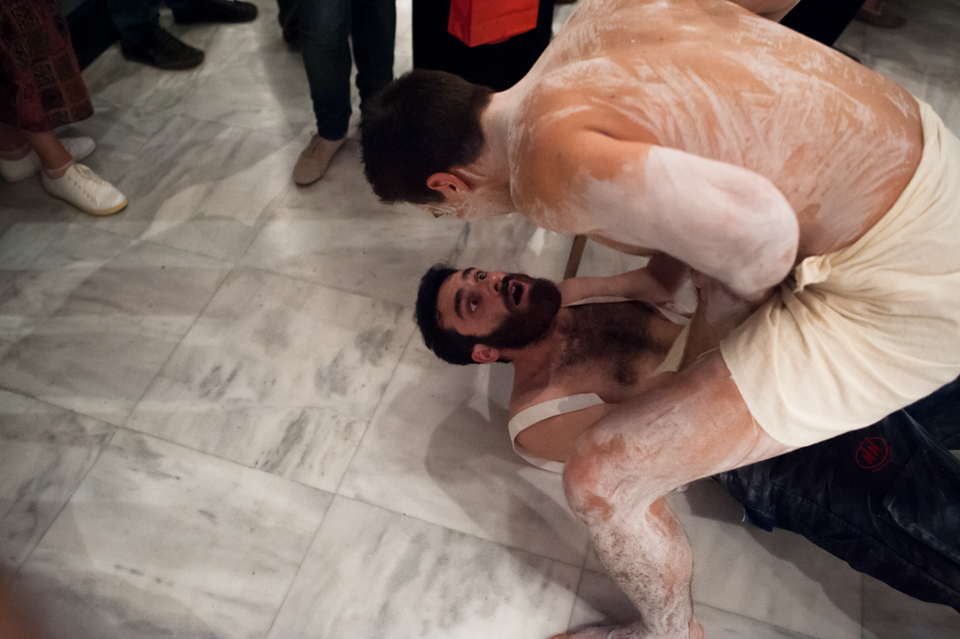
The tropicality of his relationship with cultural industries is not only in his collaboration with institutions but also in his collaboration with groups in the form of community art practice as well as in the creation of new institutions such as the International Forum for Performance art (I.F.P.A.) which has been operating for five years (since 2018) and of which he is co-founder and artistic director until today and which is a parallel and autonomous program of the International Short Film Festival. The themes of the Forum cover a wide range of arts with an emphasis on physicality and inter-media while screening performance films (video performance) and visual art films with participation from all over the world. The theoretical papers of the Forum are also an important part of the event and involve an interdisciplinary character.
The idea of using mass media, such as television in order to disseminate concepts and provide a scientific positioning was implemented with the series on art movements in the 20th century, The Black Square, on behalf of State Television (ERT3). It is a series of 14 half-hour documentaries that deal with the political and aesthetic aspects of these movements, using concepts of philosophy and psychoanalysis with an interdisciplinary and inter-artistic approach. The idea, the editorial work, the scientific direction of the research and the presentation of the show were his own. The project included other media (animation, video art, live actions, etc.) besides speech, thus creating a landscape of speech and images that were aimed at clarifying concepts and transmitting historical information in a multimodal way. Essentially, it answered the question of whether an art show with a philosophical and interdisciplinary character can address a wide television audience and visualize difficult concepts.
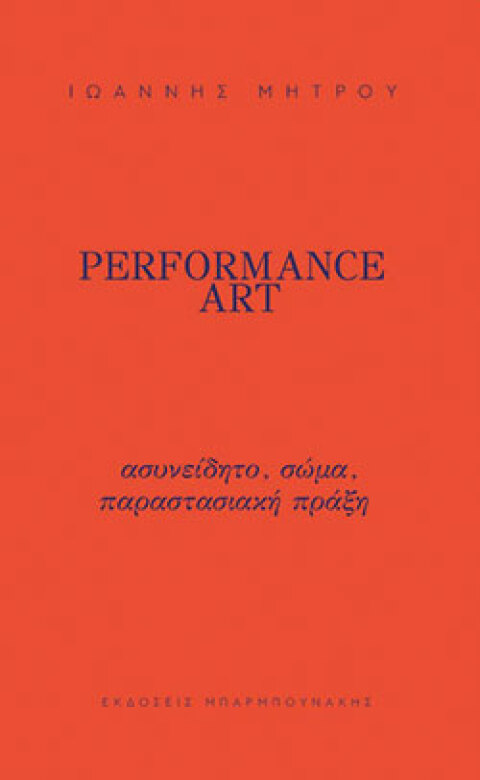
In his performance practices, his choreographic and spatial approach is based on the bio-dynamic method of “bodily folds” and the relationship they produce with objects and other forms of performance in space (multimedia, installations, etc.). To this end, his actions, either individual or with his group, usually take place in large spaces that function as the main installation (museums, galleries, monuments), while at the same time they are the place of realization of the live action. It is a whole that is realized inter-personally and inter-medially, through the “fusion” of the various events contained in the overall performance and the use of media. The emergence of forms through intense physicality has reference to sculptural art and specifically to the study of bodies in the Renaissance period, to the Russian Vanguard and specifically to the relationship of visual installation in relation to the body as a moving work as derived from Meyerhold’s bio-mechanical method and the research of the Polish reviewer and researcher of the performing arts, J.Grotowski, representative of Arte Povera and initiator of Art as Vehicle. The logic of the following performance is related to the dynamics of a continuous laboratory (Lab-Performance) in which the relationship between the body and the topology of space as well as the dynamics of inter-media aesthetics is addressed. His thematics are concerned with the political, empathy and the production of philosophical concepts through living structures. For this reason he deals with concepts such as for example the Heideggerian Wesen, the Freudian Lust, the Lacanian non-solo etc., considering that fusion and exhibition performance are structures of a practical philosophy and production of concepts through the performative event. He calls the process ‘performed sense ‘.
The actions of the performers which he is called upon to create or curate through a dialectical type of teaching constitute “physical action” and not “physical activity”, having as a reference the Polish School of Performing Arts, especially the aforementioned research of J.Grotowski, with which he was actively associated. After many years of research he creates his own somatic method, Bio-dynamics, which is based on basic principles of the functioning of the human body and the anthropological and phenomenological study of physicality.
Another feature of his work is the application of psychoanalytic concepts and his study on “trauma” in relation to artistic creation and the trope of the mental process in relation to the body and the unconscious
Ioannis Mitrou was born and lives in Thessaloniki. He is an Art Theorist. He teaches at the School of Fine Arts of the Aristotle University of Thessaloniki, Department of Visual and Applied Arts. He is a Visual-Performance artist. Recently his monograph entitled: Performance Art 2nd Edition: unconscious, body, performance act (Barbounakis ed.) has been published. Since 2003 he has been directing and directing the research of the International Laboratory for Research in the Performing Arts – Alma Kalma. The word Alma Kalma is a signifier that in its historical dimension can yield meanings. It is at the same time at the level of translation “the calm soul”, an ironic seeming title for the extreme physicality of the group. But perhaps not. Among others, she collaborates with.

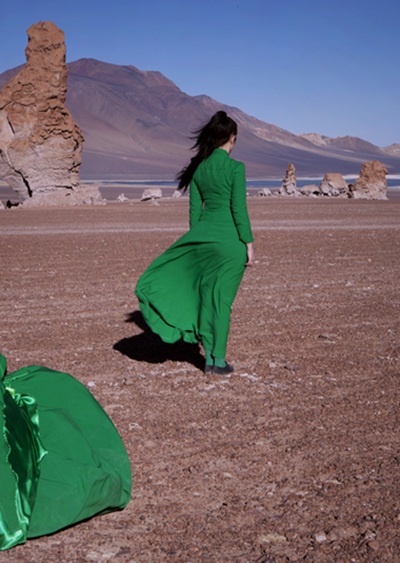
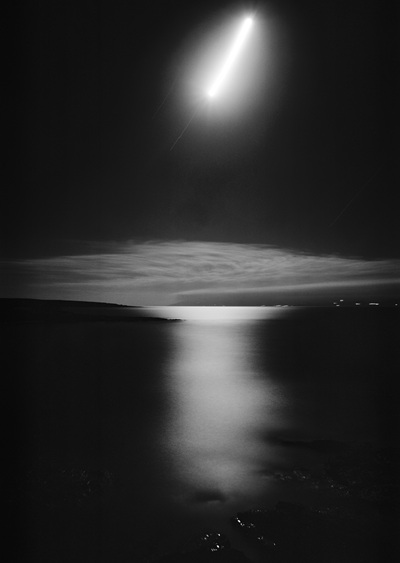

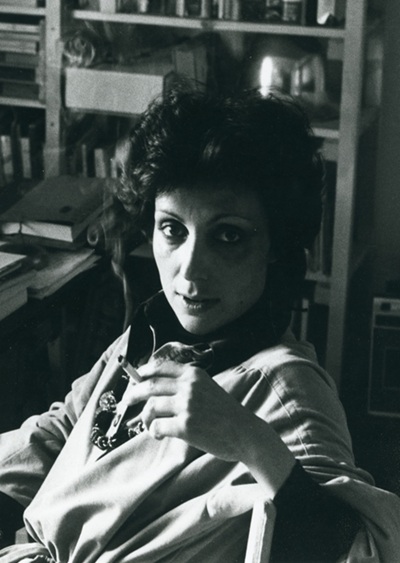


Leave A Comment